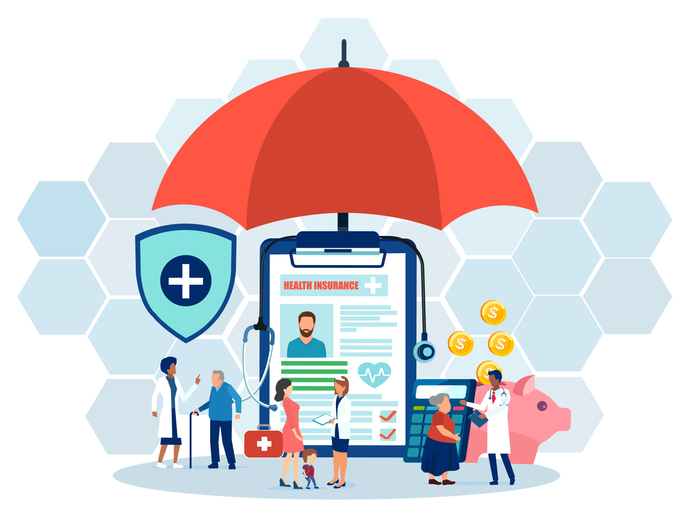The Sanofi US competition to encourage companies to devise new ways to improve outcomes and lower healthcare costs associated with diabetes has its demo day today. In a contest that generally revolves around various health IT approaches, one company has developed a remote monitoring device to generate big data using the cap of an insulin pen.
Cambridge, Massachusetts-based Common Sensing produced the GoCap — a replacement cap for prefilled insulin pens that records the level of insulin administered daily and the times it was taken. It transmits that information using Bluetooth to a mobile phone or connected glucometer. The idea is to provide a steady stream of relevant information transmitted in an easily digestable format to alert healthcare professionals to potential problems early enough before they require hospitalization and ramp up healthcare costs.
James White co-founded Common Sensing with Richard Whalley, both MIT graduates. In a phone interview with MedCity News, White — who is also the chief technology officer — said one reason for starting the company is that the data to gauge risk in diabetes patients just isn’t there.
The device offers a way for physicians and patients to gain insight into daily insulin use over time not only to confirm whether the patient is taking their medicine, but also to help physicians adjust the prescribed amount if needed. For example, maybe the patient is not taking big enough dose of insulin in the morning but needs a smaller dose at night.
Common Sensing wants to work with a pharmaceutical company to develop disposable remote monitors. In addition to a smart cap, a patient-facing mobile app is also in the works.
Really? Another adherence tool? There are so many hitting the market here and here, for starters) . What’s different about Common Sensing’s approach? In a phone interview with MedCity News, White said it’s partly about being able to record information from patients without them having to do much more than transmitting the data collected by the cap.
“The immediate need out there is for a sensing device that doesn’t require behavior change,” White said. “The real problem with diabetes and the problem with the one-size-fits-all solutions out there now is there are so many different variations in diabetics’ needs. You need to be able to give doctors the tools they need to customize care plans.”

A Deep-dive Into Specialty Pharma
A specialty drug is a class of prescription medications used to treat complex, chronic or rare medical conditions. Although this classification was originally intended to define the treatment of rare, also termed “orphan” diseases, affecting fewer than 200,000 people in the US, more recently, specialty drugs have emerged as the cornerstone of treatment for chronic and complex diseases such as cancer, autoimmune conditions, diabetes, hepatitis C, and HIV/AIDS.
It has sought feedback from drug developers, physicians and nurse educators on topics such as data presentation and what they wanted to see in a design interface, to whether this is the kind of information they needed to assess treatment options. White said doctors view the monitoring device as a helpful way to improve communication with their patients.
If they win the $100,000 grand prize for the Data Design Diabetes competition, White and Whalley will use their winnings to make more of the caps in order to do a usability study to make sure their assumptions about the technology are correct. Sanofi said the winner will be announced tomorrow.














